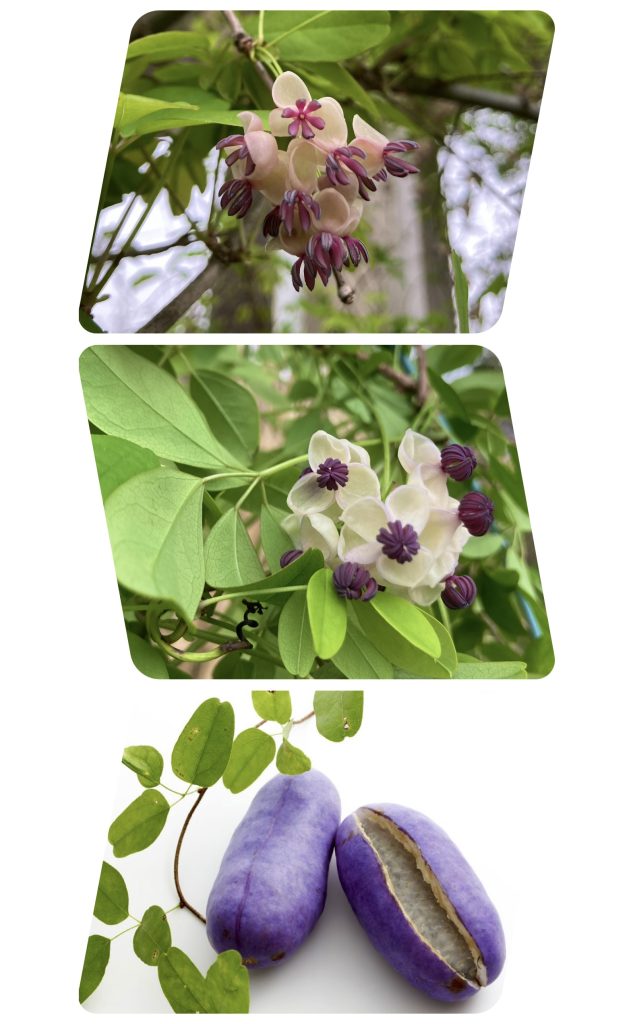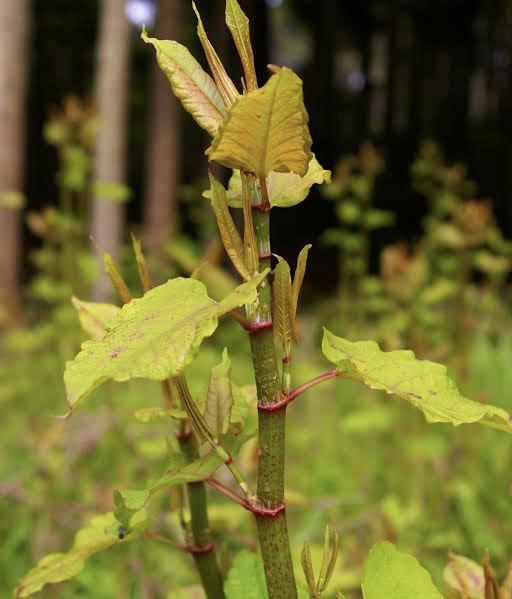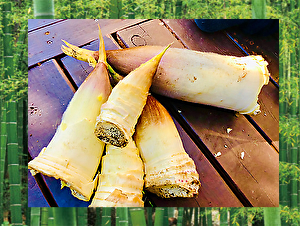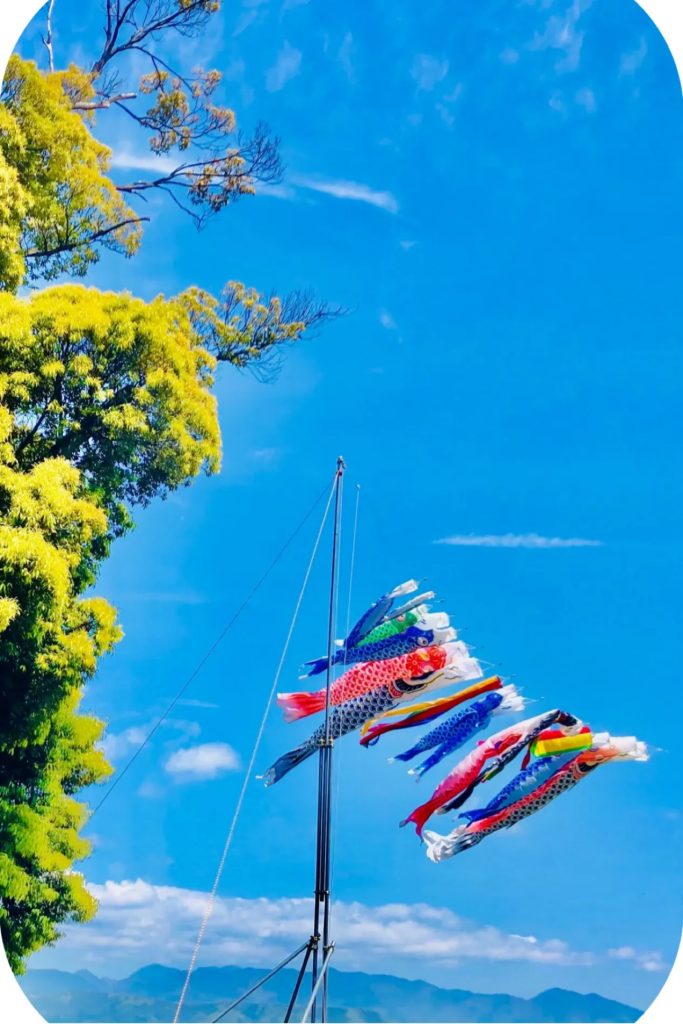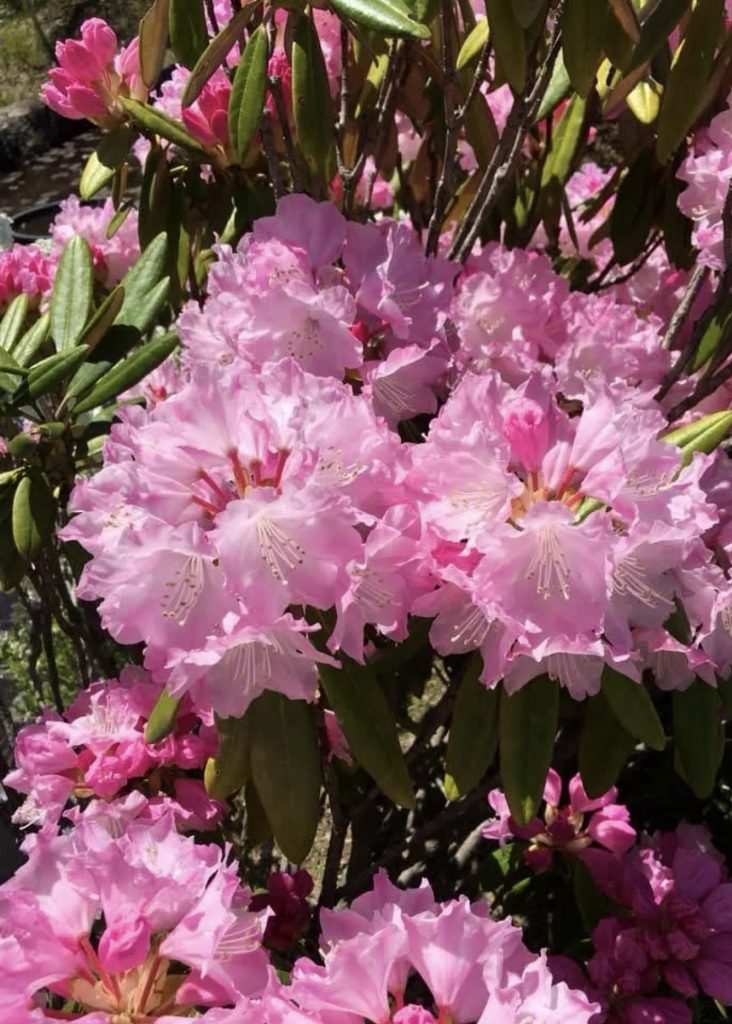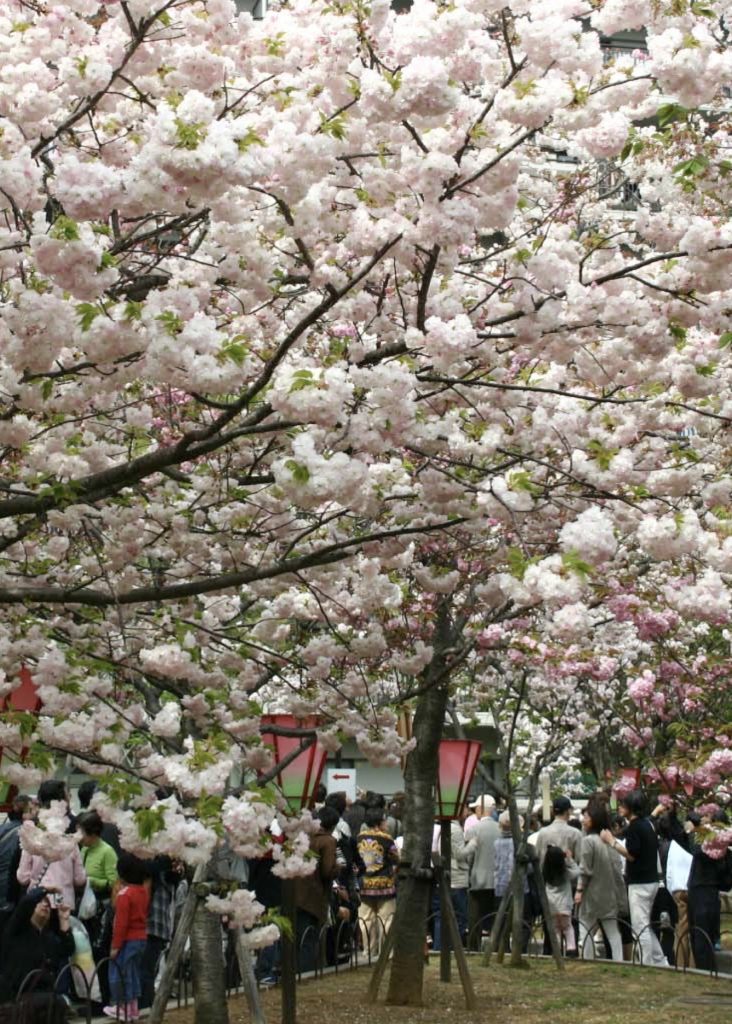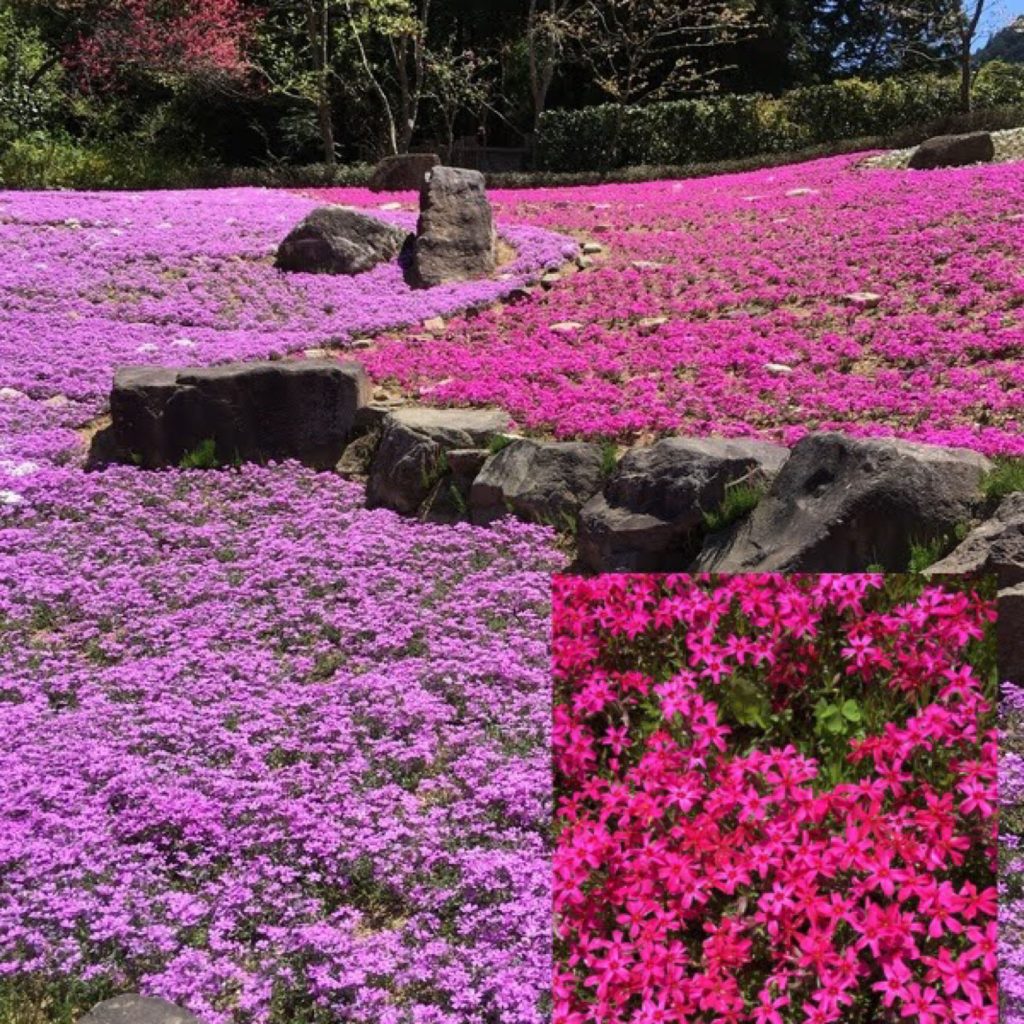
Many people are visiting to see the shibazakura, lured by the spring weather. Many of them are holding parasols. Because of the strong reflection, the white parasols are dyed red. The scene of shibazakura blooming all over the ground makes viewers feel the joy of spring and the arrival of summer. This year, all flowers are blooming at a record-breaking speed, leaving no time to rest. Despite the fact that cherry blossoms have just finished falling, tulips are in full bloom, and now the shibazakura is also in full bloom. There are pale pink and pale purple pastel-colored flowers, as well as clean-looking white shibazakura. Shibazakura is distributed throughout Japan, from Abashiri in Hokkaido to Kagoshima Prefecture in Kyushu. The blooming season is April in Kyushu, May in Kansai, Kinki, Tohoku, and Kanto, and from late May to early June in Hokkaido, continuing to bloom until early summer. Shibazakura is native to the western part of North America, and is called “Moss phlox” in English, derived from the Greek word “phlogos,” meaning flame.
春の陽気に誘われて多くの人達が芝桜を見に訪れています。日傘を差す人もたくさんいます。照り返しが強いせいで、白い日傘は紅色に染まっています。芝桜が一面に咲き乱れる光景は、見る人々に春の喜びと夏の訪れを感じさせてくれます。今年はどの花も記録破りの早さで咲くので、息つく暇もありません。桜が散り終えたばかりだというのに、チューリップが咲き乱れる、こうして芝桜も満開です。うすピンク色やうす紫のパステルカラーをした花もあれば、清楚な感じの白色の芝桜もあります。芝桜の咲く地域は、北は北海道網走から南は九州鹿児島県まで日本全国に分布しています。開花の季節も九州では4月、関西や近畿そして関東や東北では5月に、そして北海道では5月下旬から6月上旬にかけて、まさしく初夏まで咲き続けます。芝桜は北アメリカ西部が原産地で、英名では「Moss phlox」と呼ばれています。ギリシャ語で炎を意味する「phlogos」が由来といわれています。

